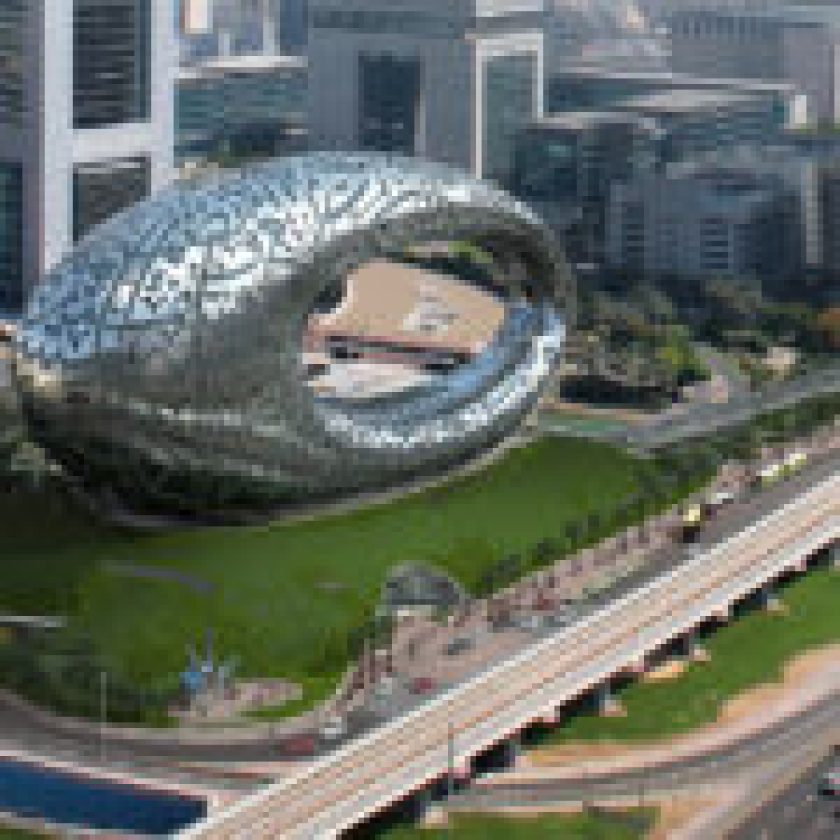By some accounts, parking lots across the United States alone take up more than 14,000 square miles. These spaces are often the first aspect of business passersby and visitors see as well as the last. Because of this, the parking areas need to be aesthetically pleasing. Of course, appearance is only part of the bigger picture. Parking lots must also be safe, functional, and capable of lasting, and able to cope with heavy use and the elements. Some design facets vary based on certain factors, but these six essentials are universal.
1) Maximizing Available Space
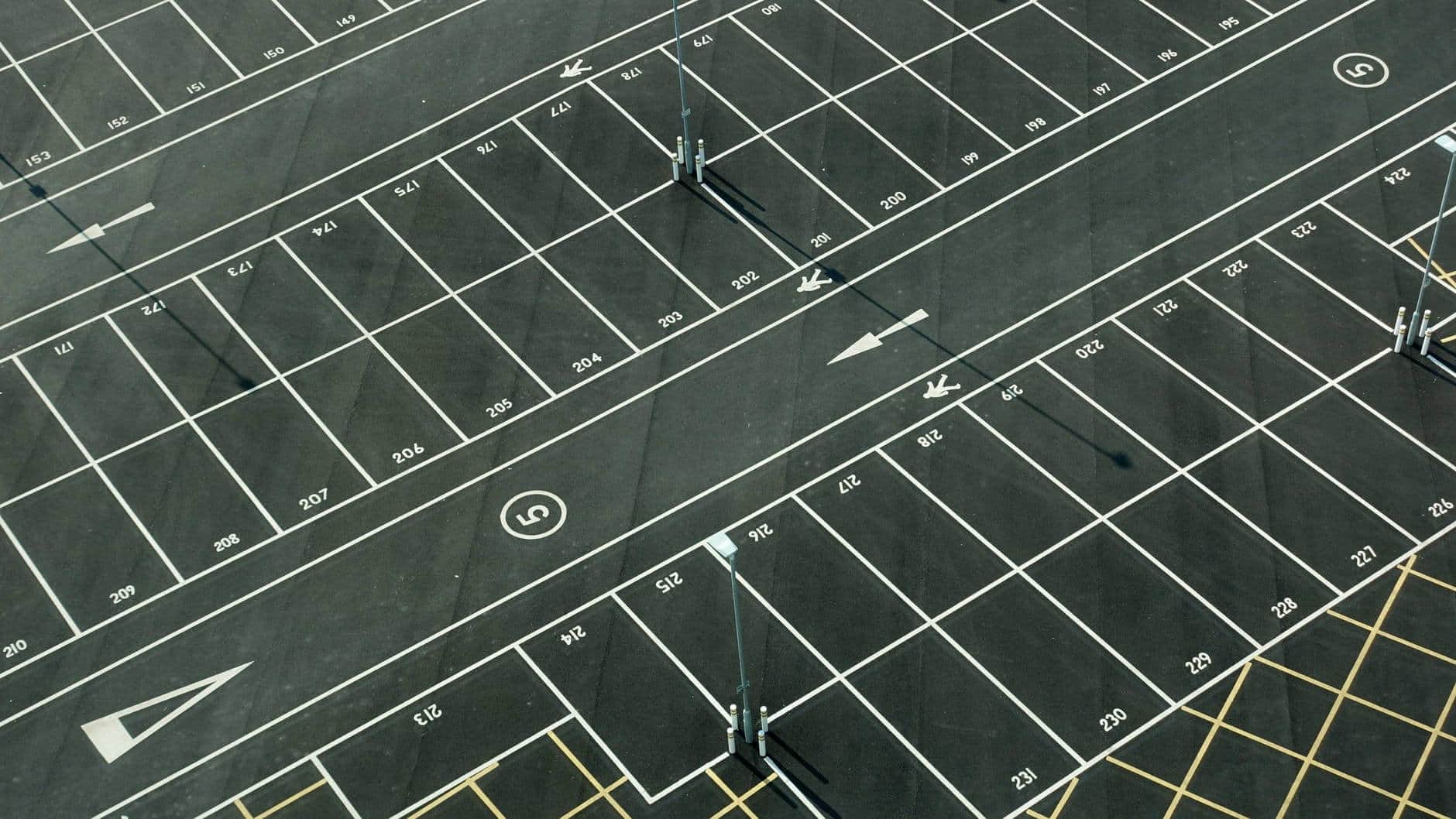
source: pexels.com
Making the most of the space available is one of the primary hurdles developers and business owners face when creating parking lots. Having as many parking spaces as possible is often a top priority, but strict regulations are in place regarding the dimensions of these spaces. When the time comes to research civil engineering companies for designing a new parking lot, it’s important to find one with ample experience in working with a wide range of spaces. They’ll be able to help you maximize customer and employee parking without wasting space or overlooking local statutes.
2) Optimizing Traffic Flow
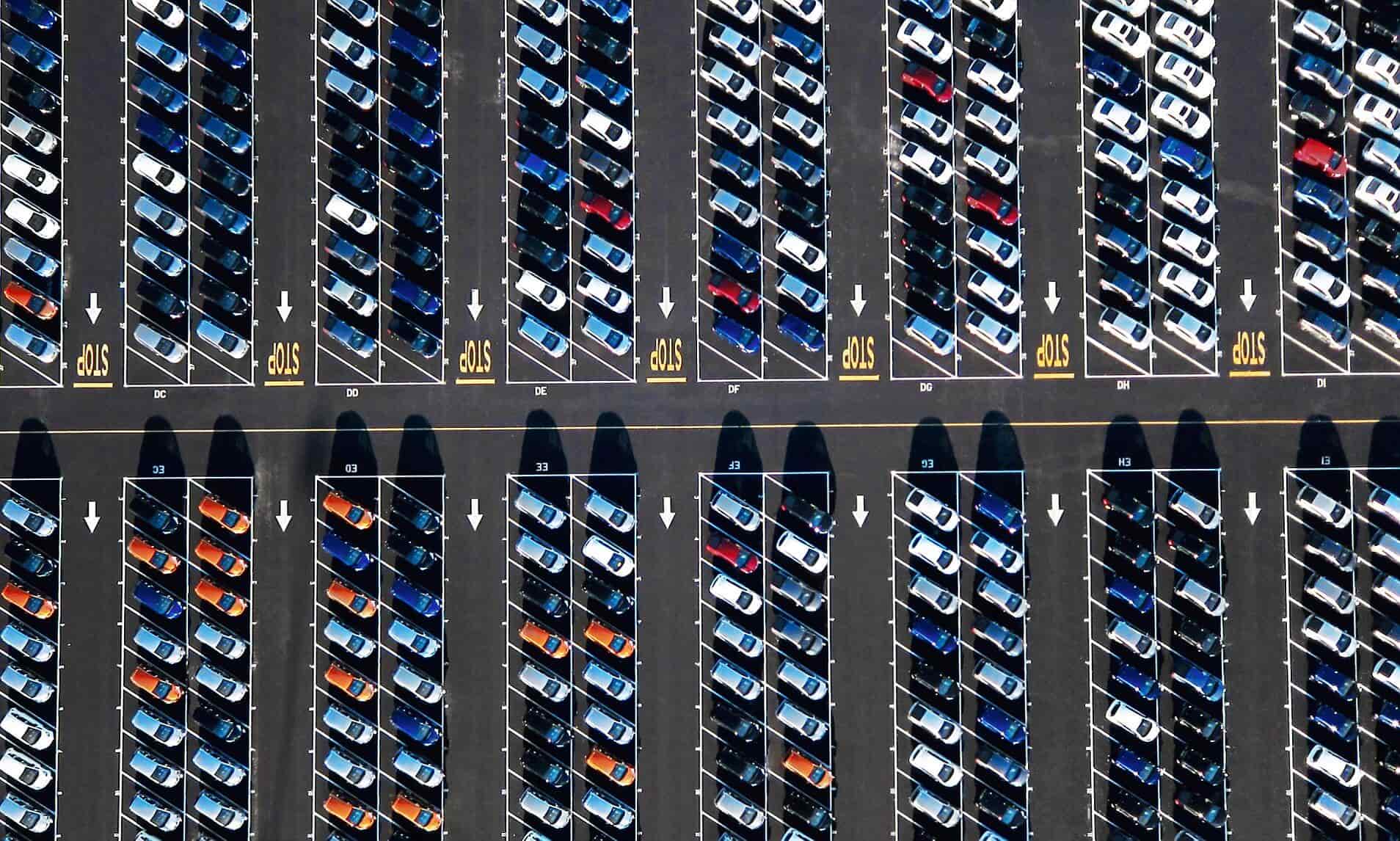
source: dailymail.co.uk
Though providing ample parking is essential, ensuring traffic flows smoothly for those entering and exiting the parking lot is also critical. Pedestrian traffic is a consideration as well. Since those on foot take precedence over those in vehicles, pedestrian crossings and walking zones may be necessary for the sake of safety.
Though visitors may not always heed clearly marked pedestrian zones, having them in place is likely to help keep traffic moving and reduce the risk of injuries to at least some extent. Loading and unloading zones should be separate from parking and pedestrian areas for these same reasons.
3) Entry and Exit Placement
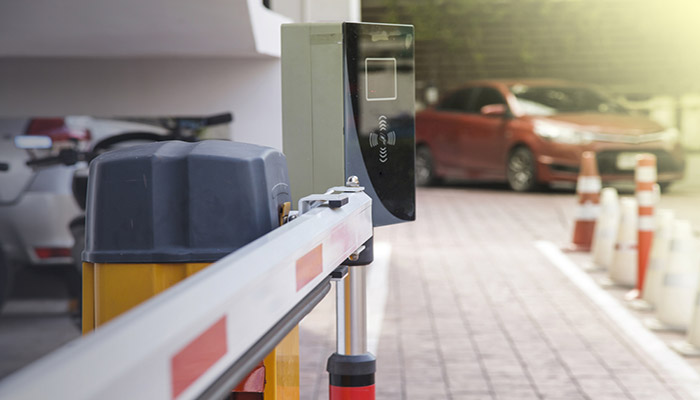
source: advanceaccess.co.uk
Numerous aspects factor into the placement of parking lot entrances and exits, including distance from intersections and traffic direction, speed, and volume. Failing to take these points into account during the design and installation phase could result in traffic issues, an excessive number of accidents, and loss of customers. Heavy fines and the costs of redesigning and rebuilding are bound to come into play as well.
4) Aesthetic Elements
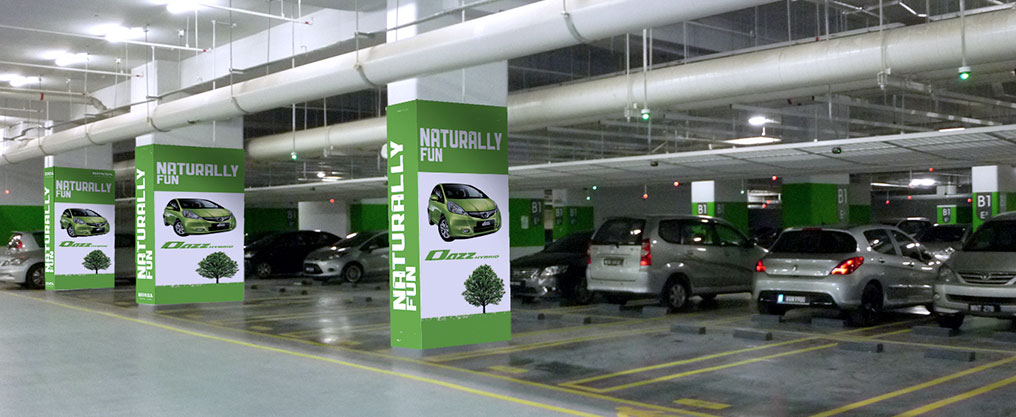
source: bigtree.com
Stark functionality was once the norm among parking lots, but that’s no longer the case. In some areas, incorporating certain landscaping features is a requirement. Many businesses choose to work these elements into their parking areas for visual appeal. The elements can aid in drawing attention to business and generating brand recall. Though making aesthetic aspects part of the plan when space is limited can be a challenge, it’s certainly a worthwhile endeavor.
5) Disability Access
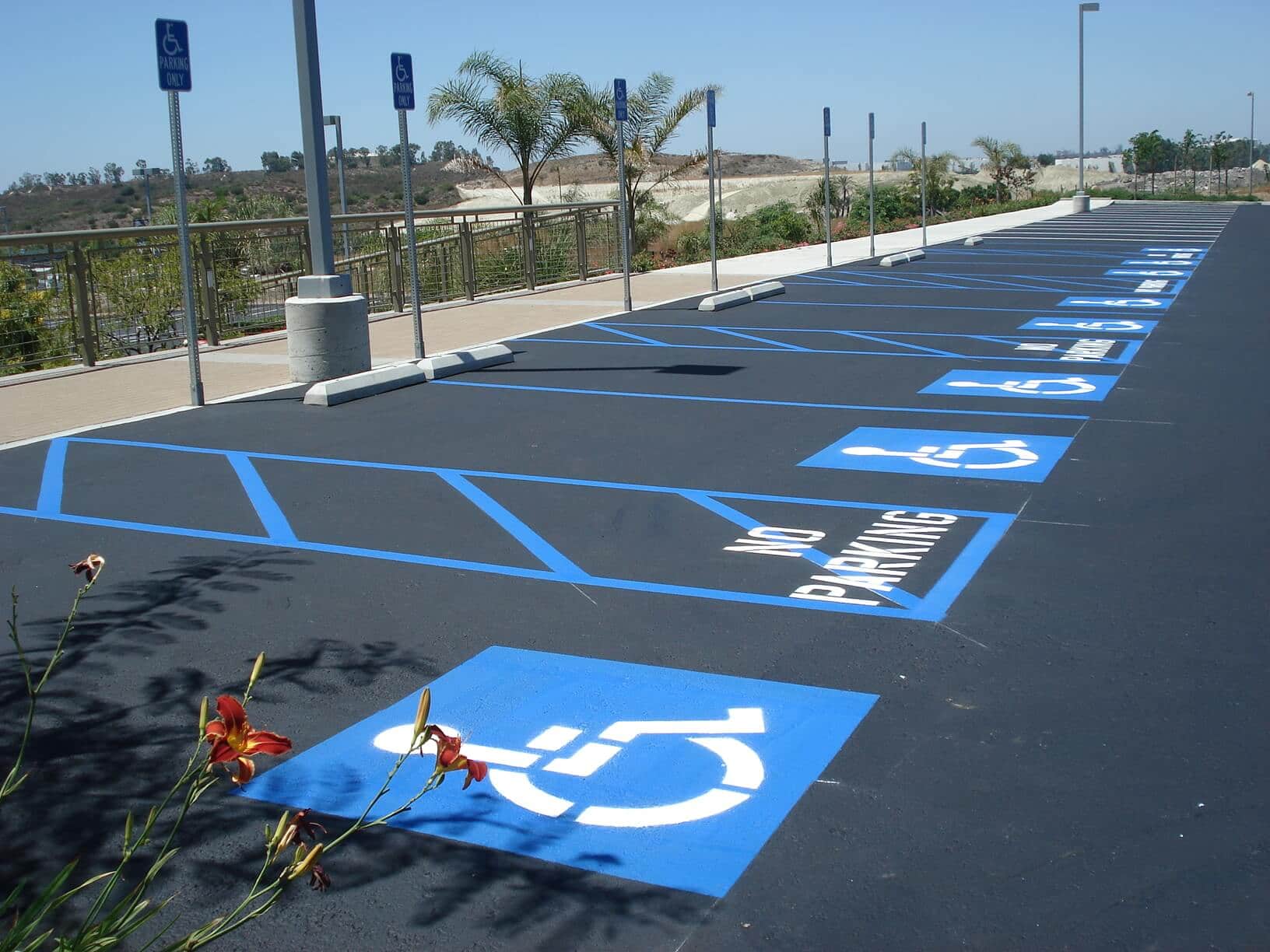
source: riversidechamber.files.wordpress.com
In accordance with the Americans with Disabilities Act, certain parking spaces must be designated for people with disabilities. Exact numbers vary based on the type of business or facility, the size of the parking lot, and other factors. If a parking lot is redesigned or enlarged, the number of required accessible spaces must be recalculated and incorporated accordingly.
6) Maintenance
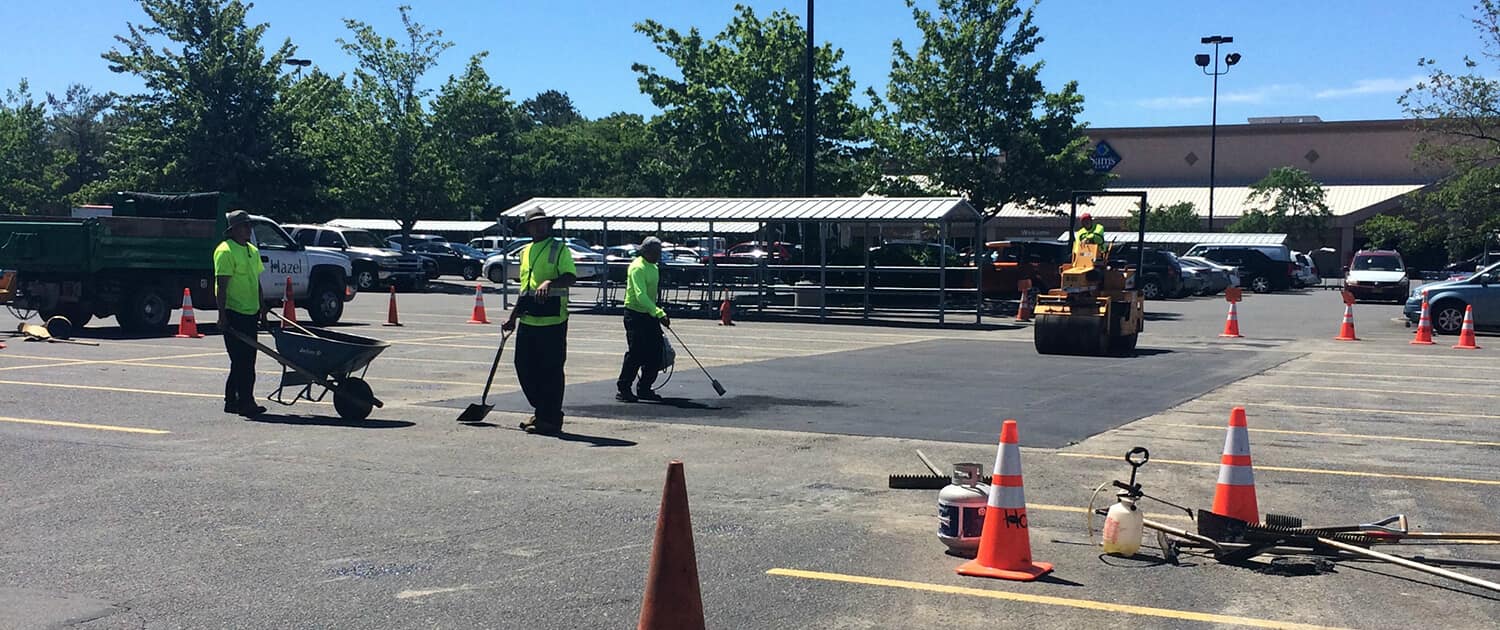
source: hazelservices.com
Even the most well-constructed parking lot can quickly go downhill without the right maintenance measures in place. Sustainability and ease of maintenance should be taken into consideration during the planning and design phases. Resurfacing, curb repair, line repainting, landscaping upkeep, drainage, and other aspects are crucial to this portion of parking lot design. Planning ahead for these aspects will undoubtedly pay off in the long run.
You may also like to know about Top 5 Smart Cities That Are Reshaping the World
In Short
Numerous elements go into designing a parking lot, many of which are specific to certain types of businesses or areas in which they operate. For the most part, they all boil down to safety, appearance, functionality and long-term sustainability. Consider these aspects, and don’t hesitate to reach out to the professionals for further assistance.



